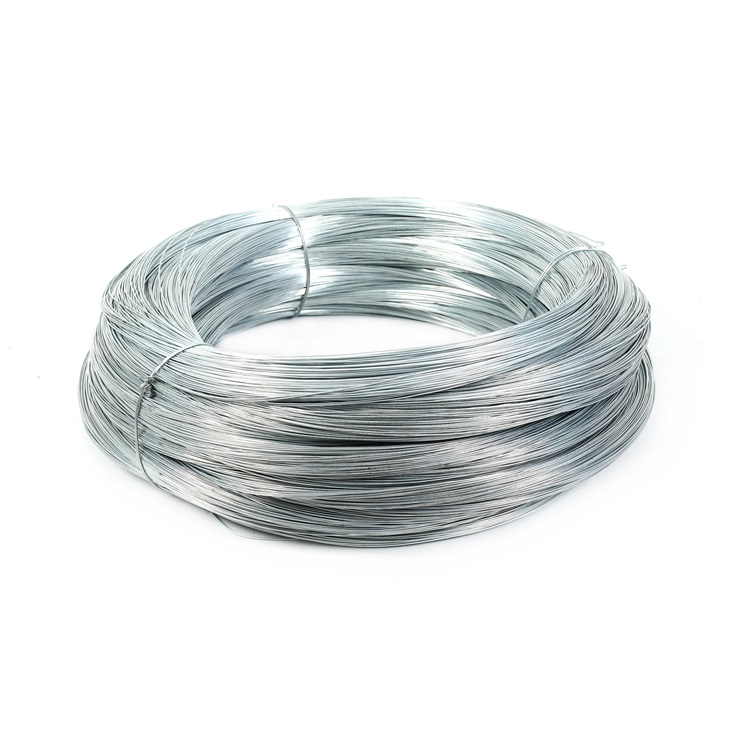Custom Barbed Wire Production Solutions for OEM Manufacturers Worldwide
The Manufacturing Process of OEM Barbed Wire A Comprehensive Overview
Barbed wire, a staple in security and fencing solutions, owes its popularity to its effectiveness in creating a deterrent barrier. The manufacturing process of OEM (Original Equipment Manufacturer) barbed wire involves various stages that combine technology, skilled craftsmanship, and quality control to produce durable and reliable fencing materials.
1. Raw Material Selection
The journey of OEM barbed wire begins with the selection of raw materials. Typically, high-quality steel wire is chosen for its strength and durability. This steel is often galvanized to withstand corrosion, ensuring the wire maintains its integrity over time, especially in outdoor environments. The steel comes in various gauges, with the choice depending on the intended application of the barbed wire. For instance, heavier gauge wire may be used for high-security applications, while lighter gauges may suffice for agricultural use.
2. Wire Drawing
Once the raw materials are procured, the first step in the manufacturing process is wire drawing. During this stage, the steel wire is pulled through a series of dies, progressively reducing its diameter. This process also increases the tensile strength of the wire. The wire drawing can be performed using modern machinery that allows for precise control over the wire's dimensions and mechanical properties.
3. Barbing Process
After the wire has reached the desired gauge, the next step is creating the barbs. Barbs are typically spaced evenly along the wire and are crucial for the wire’s deterrent function. The barbing process usually involves cutting short lengths of wire (usually referred to as barb wire) that will form the protruding barbs when attached to the main wire strand. This can be achieved through a combination of automated machines and skilled labor, ensuring consistent spacing and quality.
oem barbed wire making

Following the barbing, the main wire and the barbed pieces must be twisted together. This twisting creates the final barbed wire product, offering enhanced security and strength. The twisting process can be mechanical or manual, depending on the manufacturer’s capabilities and production scale. Once twisted, the finished rolls of barbed wire are packaged carefully to prevent damage during transportation and storage.
5. Quality Control
Quality control is a critical step in the OEM barbed wire manufacturing process. This involves inspecting the wire for defects such as breaks or inconsistencies in barbing. Advanced testing equipment is often employed to ensure the wire meets predefined strength and durability standards. Manufacturers may conduct tensile strength tests, corrosion resistance tests, and visual inspections to guarantee that the barbed wire functions effectively in real-world applications.
6. Compliance and Standards
OEM barbed wire manufacturers must adhere to various industry standards and regulations. Compliance with local and international standards ensures that the produced barbed wire meets safety and quality regulations. For instance, the American Society for Testing and Materials (ASTM) provides guidelines that help manufacturers maintain quality consistency. Adhering to these guidelines not only boosts consumer confidence but also opens up avenues for global exports.
7. Customization and Market Demand
In the competitive landscape of fencing materials, OEM manufacturers must often respond to specific customer needs. This leads to the customization of barbed wire products, where manufacturers can adjust specifications such as wire gauge, barb spacing, and coatings. Understanding market demand is vital, and manufacturers often conduct market research to identify trends and preferences among consumers.
8. Conclusion
In conclusion, OEM barbed wire manufacturing is a meticulous process that combines advanced technology with traditional craftsmanship. From raw material selection to quality assurance, each stage plays a vital role in producing a reliable fencing solution. As security concerns continue to grow globally, the demand for durable and effective barbed wire will likely increase. Thus, embracing innovation and adhering to quality standards will be essential for manufacturers looking to thrive in this dynamic industry. The ability to customize products further enhances the appeal of OEM barbed wire, ensuring it remains a critical component in fencing and security applications for the foreseeable future.
-
The Ultimate Guide to Premium Quality Field Fence Solutions
NewsAug.12,2025
-
The Essential Guide to Premium Square Wire Mesh Solutions
NewsAug.12,2025
-
The Essential Guide to Hexagonal Wire Netting Farm Fencing
NewsAug.12,2025
-
Premium Continuous Deck Rail Slab Bolster Solutions
NewsAug.12,2025
-
High-Performance Aluminum Tie Wire Reel for Construction Applications
NewsAug.12,2025
-
Crafted Premium Galvanized Hexagonal Gabion Wire Mesh Solutions
NewsAug.12,2025














